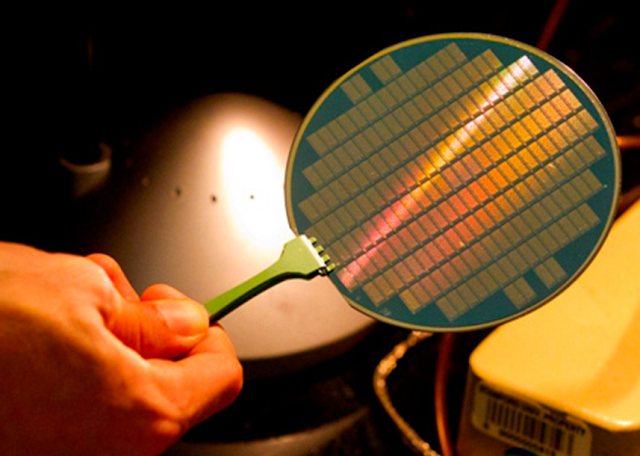Dear sirs here are, how Silicon chips now have a viable alternative with carbon nanotubes (CNT).
The breakthrough comes from Stanford team leads by Stanford professors
Subhasish Mitra and H.S. Philip Wong. With their recent findings were able to
fashion a basic computer with 178 transistors. The machine can:
·
Perform tasks like counting
and number sorting.
·
Supports a basic operating
system that allows it to switch between these two tasks.
·
Run MIPS, a commercial instruction set
designed back in the 1980s, allowing it to run over 20 different instructions.
In fact what we can learn on this new technology is that, a basic computer
was powered by microscopic chains of carbon atoms, means we may have finally
found a viable alternative to silicon chips.
So! where was the problem?, Connectikpeople may recall that, back in 1965,
Intel Corp. co-founder Gordon Moore famously predicted that the density of
transistors
would double about every two years, resulting in smaller, faster, and cheaper electronic devices. ‘’Trouble is, smaller and faster has resulted in whole lot of on/off transistor switching in increasingly smaller spaces, leading to intense heat dissipation.
would double about every two years, resulting in smaller, faster, and cheaper electronic devices. ‘’Trouble is, smaller and faster has resulted in whole lot of on/off transistor switching in increasingly smaller spaces, leading to intense heat dissipation.
‘’15 years ago the engineers have faced terrible issues when trying to make them
work in the exact way needed. Specifically, the CNTs didn’t grow in accordance
to the strict parallel lines required by engineers. In addition, depending on
how they grew, some CNTs ended up behaving like metallic wires that perpetually
conducted electricity instead of acting like proper semiconductors which can be
switched off. This intermittent problem made the prospect of mass production a
nightmare’’.
To address these problems, a Stanford team came up with a novel solution; they’re
calling an “imperfection-immune
design.”
The researchers switched off all the good CNTs. They then shot a burst of
electricity into the semiconductor, which was collected in the metallic nanotubes.
This caused them to grow so hot that they burned up and vaporized into tiny
puffs of carbon dioxide. First part of the problem solved.
Then, to bypass the misaligned tubes, the researchers developed an algorithm
(computer program) to determine how to overcome misalignments to prevent disruption!
Excellent!
About Carbon nanotubes (CNTs).
They’re so thin, thousands of chains can fit side-by-side in a human hair
and they require a ridiculously small amount of energy to switch them off.



